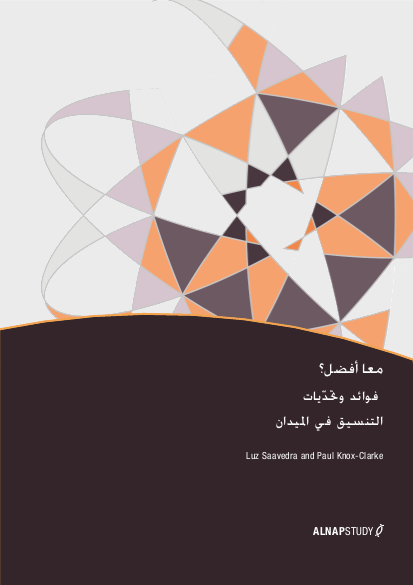
Humanitarian responses often involve large numbers of national and international actors who frequently work in the same geographical areas and towards the same broad goals. However, coordination and collaboration among them are often limited at best. Failure to work together can lead to gaps in coverage and to duplications and inefficiencies in any given emergency response. This paper looks at the variety of ways that different organisations work together at the country level. It considers bilateral relations between organisations (partnerships), as well as relations among multiple organisations (clusters, networks and consortiums). It also looks at other, non-structural, modalities used to support working together, such as funding mechanisms and standards.
The paper considers the following actors: international and national NGOs; United Nations (UN) agencies, offices, funds and programmes; the International Red Cross and Red Crescent Movement; government authorities; donors; and the private sector. It does not consider civil-military coordination or look at coordination bodies and approaches at the regional and global levels.